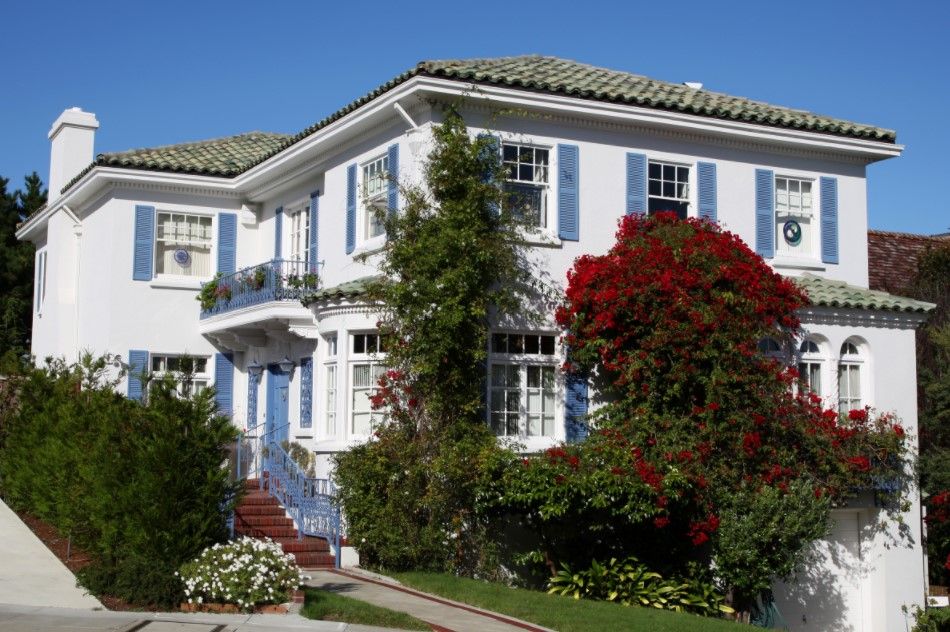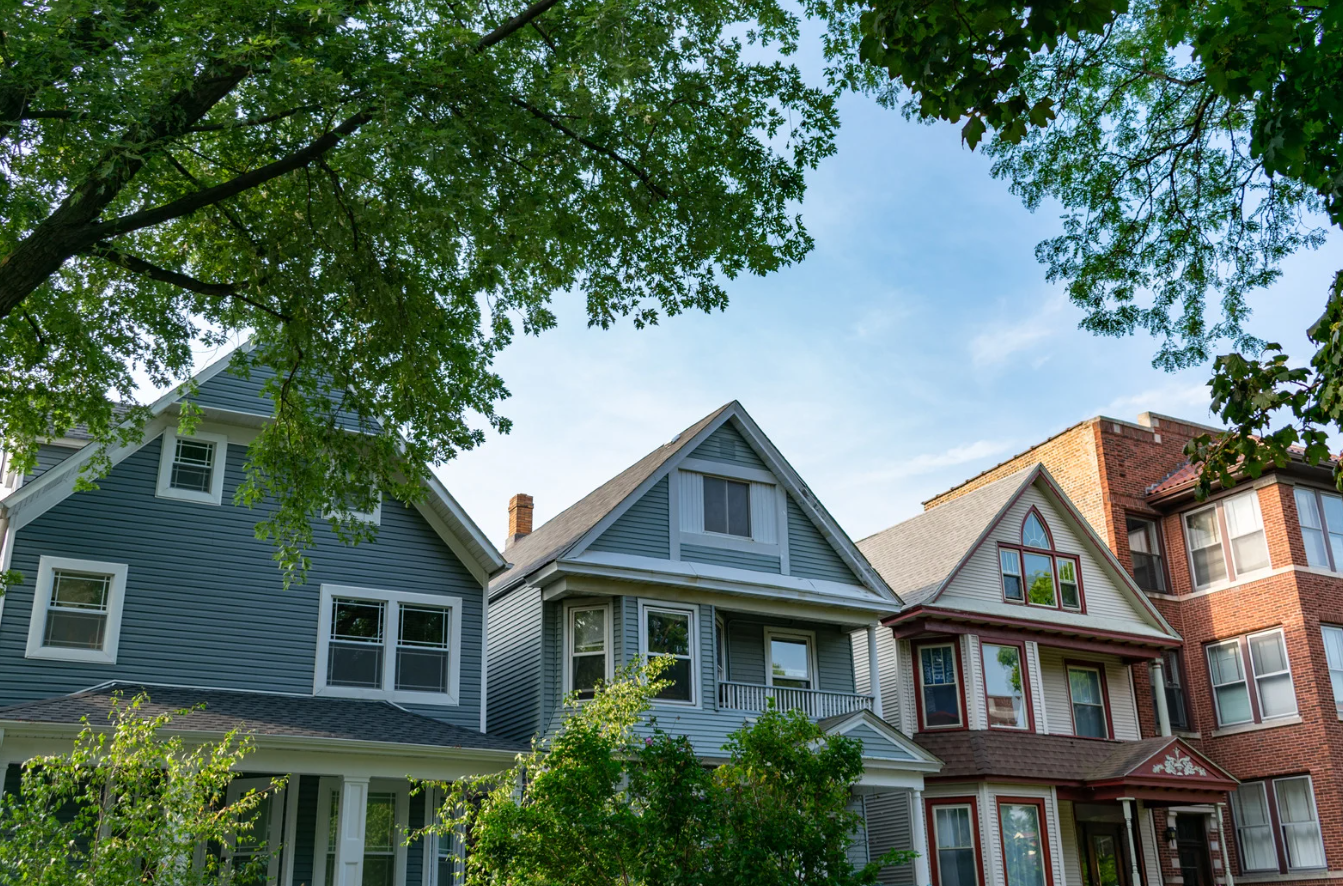Few things say success like property ownership. Few things indicate prosperity like upgrading to a larger and more spacious residence. Yet we have all heard horror stories of money pits and unmanageable debt. Upsizing indeed can be a dangerous decision without a proper accounting of costs and benefits. Taxes, maintenance and commutes are but a few expenses requiring attention. Furthermore, a thorough home inspection may yield more than one unpleasant surprise a seller is unwilling to address. Not to be left out is the cost of home financing. Do unprecedented low mortgage rates offset the extra dollars a bigger house demands?
Who Is Ready to Upsize?
Realtors at Berkshire-Hathaway and other firms specializing in high-end properties estimate that maintaining such houses can cost up to four percent of the home values annually. Making sure the funds are there to meet the needs is essential. Not only regular landscaping and internal repairs draw from owner accounts but also insurance premiums, property taxes and the price of more furniture. If these estimated burdens are, in fact, burdens, ambitious home owners might want to delay promotion to a more expansive dwelling. Potential movers should always estimate the costs of the upsize liberally.
Another element is the anticipated length of tenure in the new house. Larger homes -- particularly very large ones -- are more difficult to sell when the time comes. In many cases, the greater the square footage, the longer the home sits on the market. Those moving in should have, therefore, a long duration in mind for occupancy. In addition, moving into and outfitting a larger house with furniture and appointments is a considerable undertaking, not one to be repeated for many years. Another check is to determine the urgency or necessity of the move.
Low Rates Mean Cheaper Loans
Interest rates represent the cost of borrowing money. Closing and vendor fees do this too, but mortgage rates are paid each month over the life of the loan. In the earlier years of the loan term, the monthly payments consist primarily of interest and less of principal. It stands to reason that lower interest rates are reflected in smaller monthly obligations. With modest mortgage loans, $125,000 for instance, the savings that accrue from reduced rates will not be dramatic month-to-month. However, those who are looking to enlarge their living quarters by purchasing more house might borrow several times that amount -- and the money spared is striking. Such funds can go to the increased cost of upkeep, taxes and insurance.
Impact on Jumbo Loans
Jumbo mortgages are those where the amount exceeds limits imposed by traditional, government-backed investor entities like Fannie Mae and Freddie Mac. In most cases, these loans are held by the bank that issues them and home values are usually above $750,000. Historically aimed at luxury properties, the credit standards are more rigorous and less compromising than conventional mortgages. Because jumbo borrowers represent excellent credit, large incomes, plenty of cash on hand and broad asset portfolios, many lenders consider them a lower risk while, ironically, the large loan amounts are a higher risk. The exacting underwriting guidelines have moderated what used to be higher rates for jumbo loans. Now, the interest charged for these outsized mortgages is on par with those of conforming loan amounts and, sometimes, a little lower. So, record low rates apply equally to very large mortgage loans.
The Bottom Line
If a buyer passes the benchmarks for upsizing, he or she should calculate the monthly payment and see if low rates make the new house affordable.





